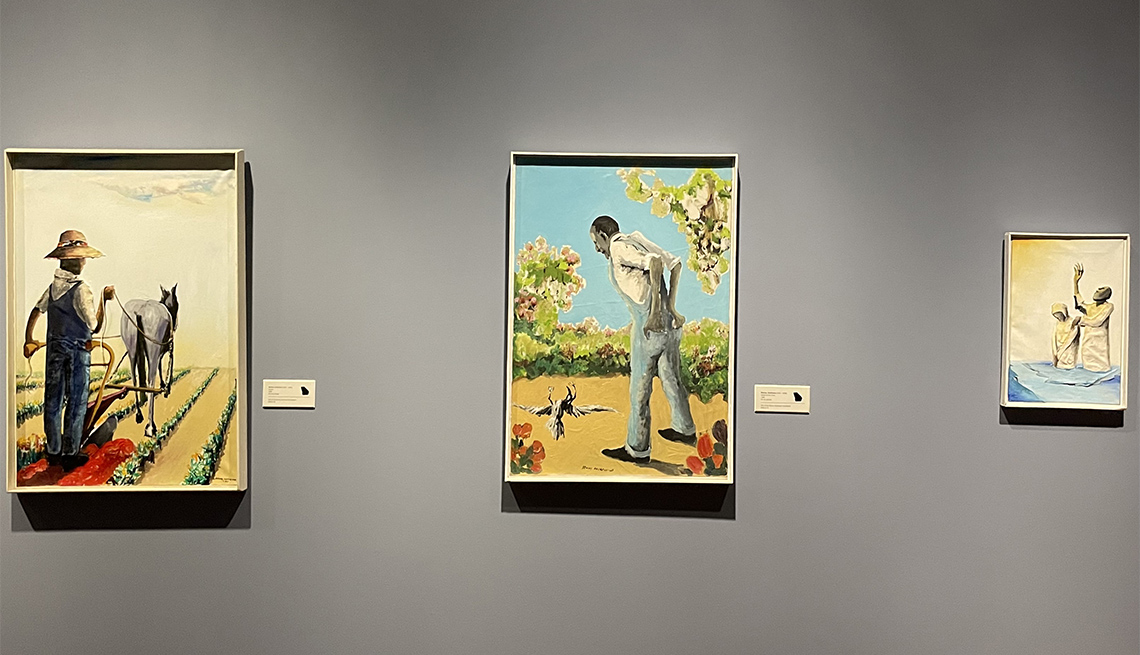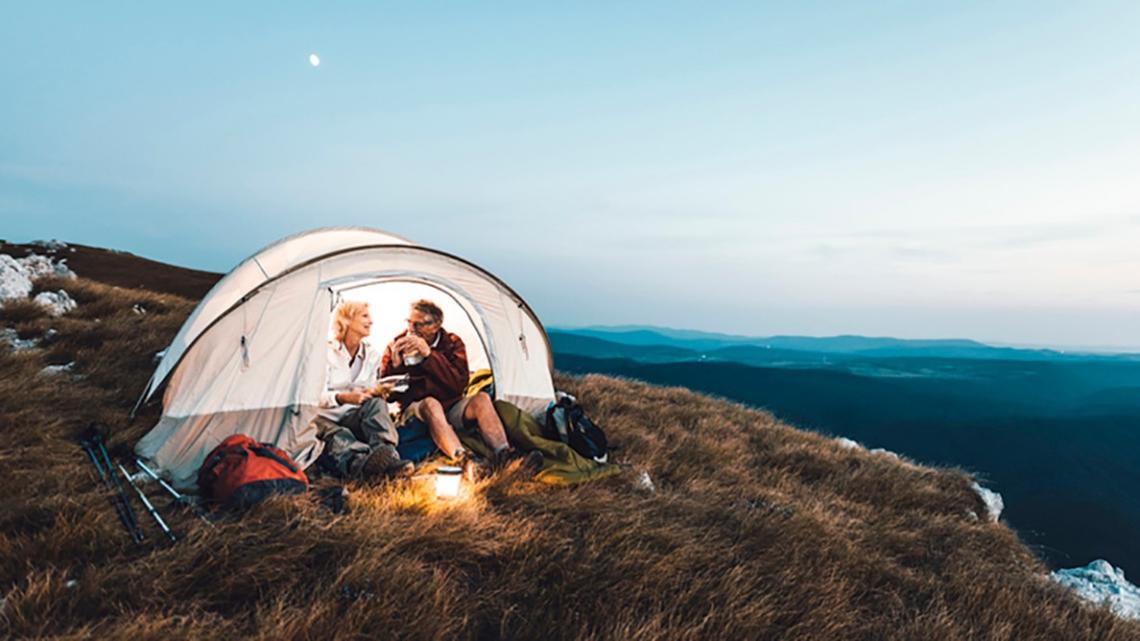Staying Fit
As you stroll through the Museum of International Folk Art (MOIFA) in Santa Fe, New Mexico, you may feel as though you’ve stumbled into some eccentric collector’s desert mansion. Set in a Pueblo Revival-style building atop the city’s Museum Hill, this playfully curated institution doesn’t confine its collection — roughly 136,000 pieces from more than 100 countries — to traditional displays. Instead, the galleries burst to life in a kaleidoscopic celebration of color and form, offering a window into the ways we celebrate, dance, live, love, mourn, play and worship. Teddy bears and rag dolls gather to dine at tiny tables, vibrant textiles and quilts line the walls, figurines populate intricate village dioramas, and religious icons fill every inch of chapel-like nooks. Look up and you might even catch some figures dangling from the rafters or flying overhead like Superman.


AARP Membership— $12 for your first year when you sign up for Automatic Renewal
Get instant access to members-only products and hundreds of discounts, a free second membership, and a subscription to AARP the Magazine.
What is folk art? The museum sets out to answer that in one particular exhibit (see below), and explains on its website that folk art generally — among other things — is handmade, can be used for ceremonial or decorative purposes, and reflects shared cultural aesthetics and social issues. Artists may be formally trained or self-taught. “Folk art can be funny, delightful and colorful,” says Khristaan Villela, the museum's executive director, “but it can also be about current issues, since it’s made by everyday people all over the world, just like you and me. Folk arts are living traditions — from art to clothing to song and even food.”
COVID-19 update: Visitors are required to wear masks and asked to maintain social distancing. In addition, many services (including storage lockers, coat checks and headset rentals) are currently not available unless they’re required for ADA accessibility reasons. Check the website, internationalfolkart.org, for updates.
The museum's story
Opened in 1953 in the Santa Fe foothills, the world’s largest folk art collection will radically expand your notions of what belongs in a museum: ceramics, jewelry, masks, puppets, quilts, dolls, textiles and more. It all began with the tireless efforts of Chicago heiress Florence Dibell Bartlett (1881–1954), a daughter of a hardware wholesaler — he originated the True Value label — whose interests skewed decidedly more highbrow than hammers and nails.
Plan your trip
Location: 706 Camino Lejo, about two miles south of Santa Fe Plaza on Museum Hill, which might be thought of as New Mexico’s answer to the National Mall in Washington, D.C. The cultural complex also includes the Museum of Indian Arts & Culture, the Museum of Spanish Colonial Art, the Santa Fe Botanical Garden and the Wheelwright Museum of the American Indian.
Getting there: By car, you’ll reach the museum in less than 10 minutes from the center of town; it’s a nearly straight shot along the Old Santa Fe Trail. You can also access it via the Santa Fe Trails city bus “M” line, which takes about 20 minutes, or by riding the New Mexico Rail Runner train to the last stop (Santa Fe Depot) and catching the free Santa Fe Pick-Up shuttle to Museum Hill.
When it's open: Daily, May through October; Tuesday through Sunday, November through April (closed New Year’s Day, Thanksgiving and Christmas)
Admission: $7 for New Mexico residents; $12 for nonresidents. Free on the first Sunday of the month for New Mexico residents and every Wednesday for New Mexico resident seniors (60+).
Best time to visit: MOIFA’s collection is dense, so if you want to really see everything, arrive bright and early (the museum opens at 10 a.m.). The museum is currently offering limited docent tours; call the front desk (505-476-1204) for the tour schedule that day.
Best season to visit: Some of the executive director’s favorite times of year at the museum are the Day of the Dead in early November and the Lunar New Year, which usually occurs in February. On such occasions, festivities include live music, food and hands-on arts activities. Summer brings a slate of free outdoor family programming to take advantage of the beautiful weather, including workshops during which kids can learn to make crafts inspired by Alexander Girard. Remember: Despite Santa Fe’s Southwest location, its altitude of 7,200 feet means that average high temperatures in July are only in the mid-80s.
Accessibility: Upon arrival, there’s an elevator from the hillside parking lot up to Milner Plaza, where the museum is located, and then you’re just a few steps from the entrance. Inside, you’ll find all exhibits on the ground level, save for Lloyd’s Treasure Chest, which is on the lower level and accessible by elevator. Wheelchairs and motorized scooters are available (first come, first served) at no charge (call ahead at 505-476-1204 to check on availability).































































